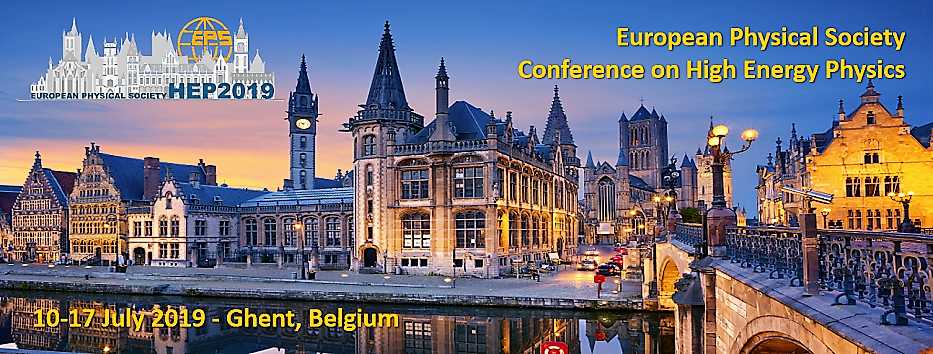Speaker
Description
Anisotropic flow, characterised by the flow coefficients $v_n$, is one of the probes used to study the properties of the strongly interacting Quark-Gluon Plasma formed in ultra-relativitic heavy-ion collisions. These flow coefficients are usually measured by correlations between two or more particles.
We present results on the pseudorapidity ($\eta$) dependence of $v_2\{2\}$, $v_3\{2\}$, $v_4\{2\}$ and $v_2\{4\}$ in Pb-Pb collisions at $\sqrt{s_{\rm NN}} = 5.02$ TeV. The measurements presented in this talk exploit the largest possible separation in $\eta$ with the ALICE detectors. The Generic Framework with a $\Delta\eta$-gap is used to suppress non-flow effects originating from correlations not related to the common symmetry plane, e.g. jets and resonance decays. In addition, four particle cumulants with an $\eta$-gap are used to further suppress non-flow effects. The $\eta$-dependent flow coefficients are presented within the range $−3.4 \leq \eta \leq 5$ at different centralities. A new method is also presented for eliminating flow contributions from secondary particles applied at forward pseudorapidity, giving further insight into non-flow effects. The collisions energy dependence of $v_n(\eta)$, as well as the comparison to theoretical model calculations will be discussed.
